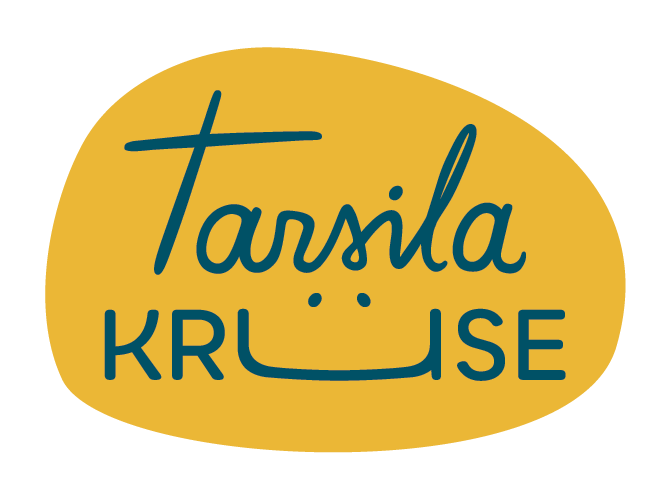Illustration is a complex and often misunderstood artform that encompasses much more than just aesthetically pleasing images. Often referred to as commercial art, illustration serves a fundamental purpose in commercial activities to communicate messages.
At its core, illustration involves crafting images that convey a message, whether it be to attract, inform, persuade, or entertain people. It is a beautiful and multifaceted art that requires skill, creativity, and a deep understanding of that message.
Children's Books Ireland commissioned the creation of this Reading Guide cover and poster to symbolize the ebb and flow of human emotions. The image features clouds, representing how feelings come and go within us. Additionally, the design incorporates a nod to the Irish language, where emotions are expressed as being on a person rather than having them.
The Picturebook and Paperback Snob logos represent the different age brackets engaged in reading for pleasure with the intention of motivating and accurately representing their respective audiences.
Many artists, aspiring or not, often focus on the creative aspects of illustration, such as developing drawing and observational skills like composition, colour theory, and storytelling. These skills are essential for becoming a professional illustrator. However, it is crucial to understand that commercial art requires additional skills that focus on the commercial aspect of the industry.
An illustrator does not sell images; IT sells IDEAS.
Have you ever heard the adage “A picture is worth a thousand words”? It is because visual communication is a powerful tool that communicates an idea faster than words. Even those who can't read can understand visual communication through symbols, such as pictograms on bathroom doors.
To succeed in the commercial art industry, an illustrator needs to be able to communicate an idea effectively. This means that if they can capture the essence of an idea and translate it into images, they will be ahead of the game, even if their drawing skills need to be refined. In fact, this is the most important skill any illustrator can possess.
You may not speak Irish to understand the title of this award-winning book. Still, upon observing the image, you’ll see it features children, nature, animals and the four seasons: Spring, Summer, Autumn, and Winter (top left, top right, bottom right, and bottom left, respectively). This book is called A Year of Songs, with whimsical songs through every season for children. (Bliain na nAmhrán is published by Futa Fata)
When it comes to children's books, illustrators don't always need to create realistic representations of reality. Instead, they must capture the essence of a character or scene and convey it to engage the reader and support the narrative, adding an extra layer of meaning to the story. Ultimately, it's all about the IDEAS.
Clients who hire an illustrator want to communicate something visually. They want their product or idea to resonate with people, tell a story, attract customers, and inform or entertain them. While clients may have their own ideas, it's up to the illustrator to know how to translate those ideas into striking images.
This is the illustrator's job:
To create compelling images that deliver the results the client is seeking, and, ideally, surpass their expectations. The value of commercial art lies in how effectively the illustrations serve their purpose rather than just how aesthetically pleasing they are.
GOOD IDEAS = VALUE
At the end of the day, good ideas are what bring value to the table. An illustrator's most valuable skill is their ability to effectively communicate ideas visually. Clients are willing to pay a premium for images that effectively inform, entertain, attract, persuade, and more, rather than simply being nice to look at.
The cover of the RTÉ Christmas Guide 2020 was created to emanate warmth and comfort, reflecting the importance of family, love and care during the uncertainty of the Covid-19 Pandemic. The image of grandparents connecting through a tablet highlights the use of technology to bridge the emotional gap caused by social distancing. This is their record-selling edition to date.
The results of a Valentine's Day artwork may vary greatly depending on the client. For instance, an individual may receive appreciation from a loved one, while a manufacturer could see significant profits from worldwide sales.
Artwork that a manufacturer uses to sell their products can have a much broader reach and generate profits for their company for many years.
Getting to know who the client is and their intent is critical to understanding the value of the illustration to them. For example, a person who wants a Valentine's Day artwork to hang on their wall during the holiday may want to feel appreciated by their loved ones, whereas a manufacturer who plans to reproduce the same artwork in hundreds of thousands of cards worldwide will generate significant profits for their business and resellers. Therefore, illustrators should price their artwork accordingly since the same image can have immensely different returns for different clients. I will discuss this topic in an upcoming article on selling illustrations.
Illustrators possess the ultimate skill of bringing creative visions to life through art and creating commercially relevant images. This ability is critical in industries like advertising, publishing, and entertainment, where skilled creatives who understand their client's needs are in high demand. It's important to note that while beautiful images and drawing skills are essential, it is your ideas that make all the difference.
This blog banner image portrays a fulfilling and imaginative lifestyle filled with family, cooking, reading, meditation, and wellness.
Thank you for reading, and if you found this article helpful, please feel free to leave a comment below or share it with someone who could benefit from it.
Tarsila Krüse












